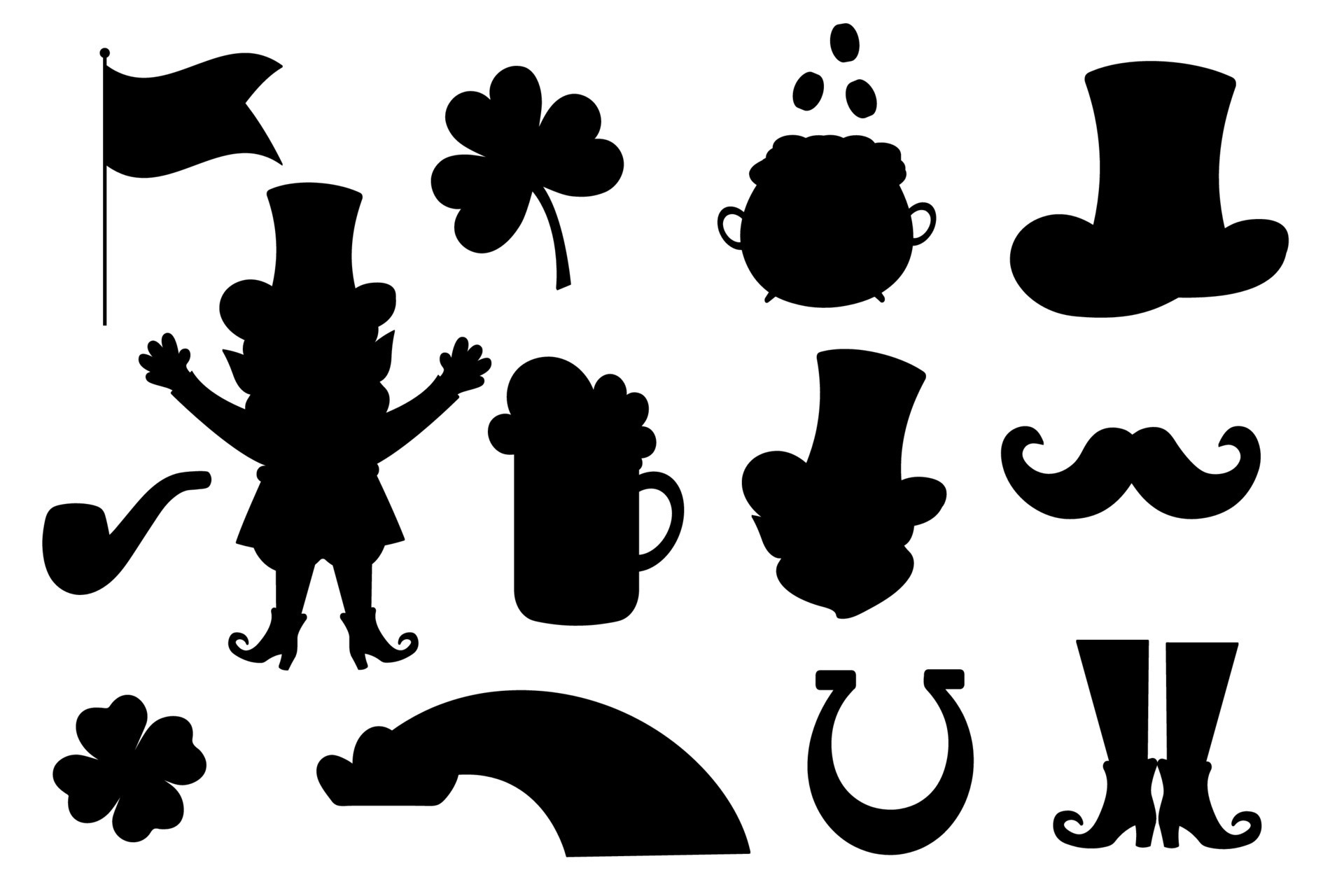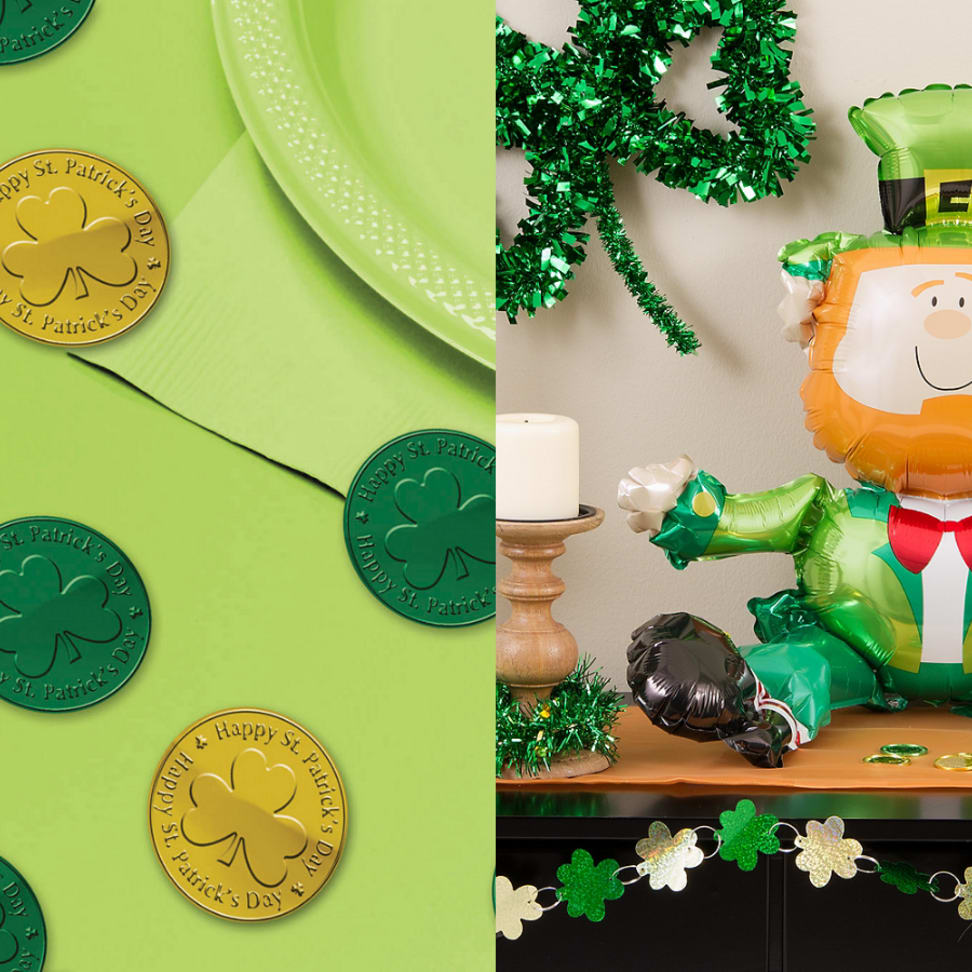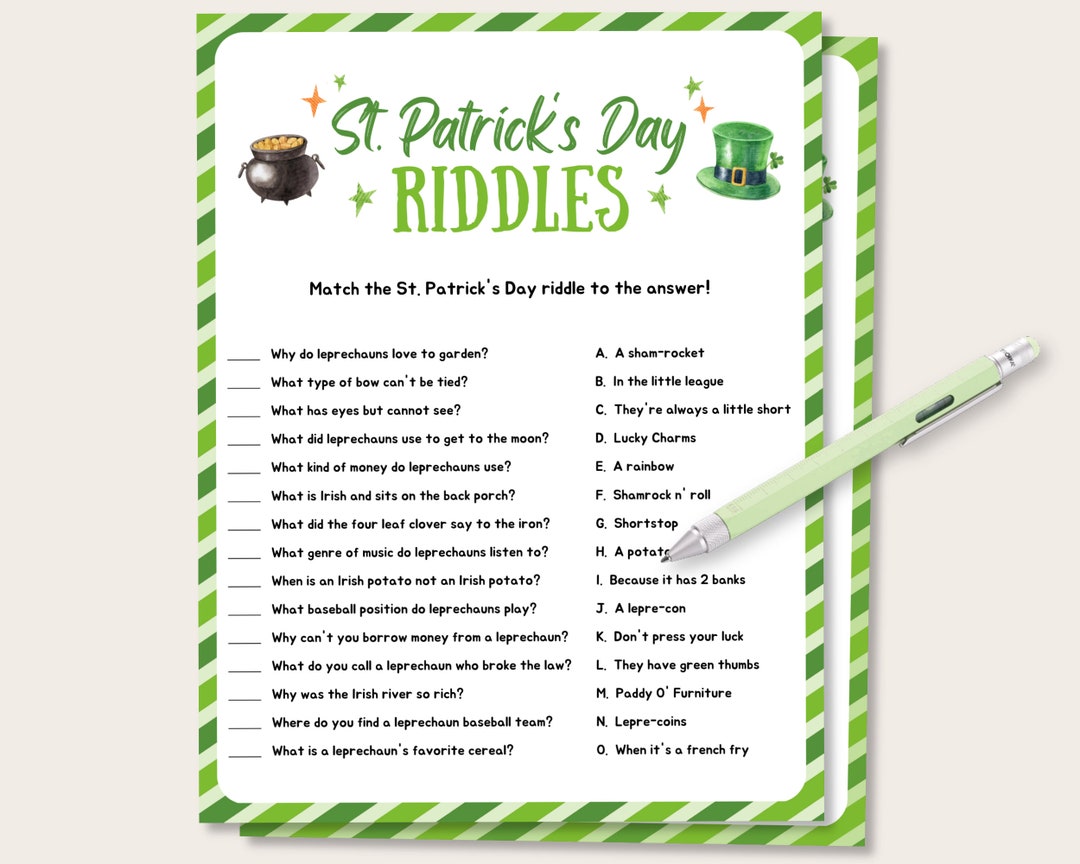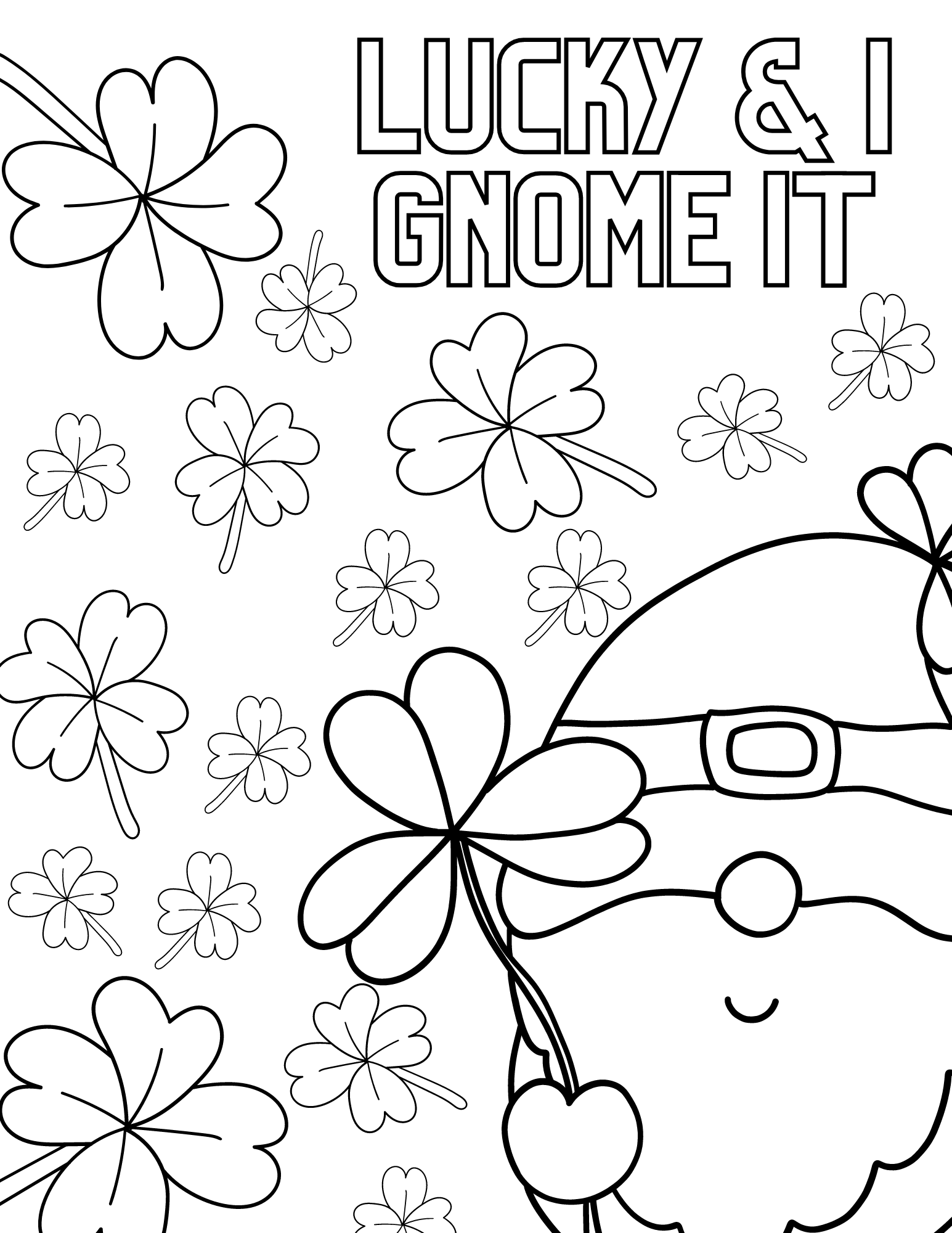Gallery
Photos from events, contest for the best costume, videos from master classes.
 |  |
 |  |
 |  |
 |  |
 |  |
 |  |
The spread of St. Patrick’s Day celebrations in the U.S. was a way for Irish immigrant communities, who in the 19th century faced discrimination and opposition, to stake that ground, he says: “It’s a kind of immigrant Irish way of combating nativist antagonism against them.” This is one of the few St. Patrick’s Day facts that I did know..! The largest St. Patrick’s Day parade in the world takes place in New York City. The parade attracts a staggering two million+ people every year. 4. Ireland’s first parade. The very first St. Patrick’s Day in Ireland was held in County Waterford in 1903. 5. A national holiday St. Patrick’s Day, held on March 17th, is a celebration steeped in history, culture and festivities that attracts people from all walks of life to join in the magic of Irish culture. From the dazzling parades in cities across the globe, shamrocks, dancing and wearing green, this holiday symbolizes more than just a day of revelry; it embodies St. Patrick, patron of Ireland, is depicted in a stained-glass window at St. John of God Church in Central Islip, N.Y. In most U.S. dioceses, the feast of St. Patrick is celebrated as an optional memorial on the saint's traditional feast day, March 17. The observance, however, is typically moved to the preceding Saturday when March 17 falls on a Sunday, as it does in 2019. (CNS photo/Gregory A From 1878 to 1955, Saint Patrick's Day was recognised as a public holiday in New Zealand, together with St George's Day (England) and St Andrew's Day (Scotland). [ 174 ] [ 175 ] [ 176 ] Auckland attracted many Irish migrants in the 1850s and 1860s, and it was here where some of the earliest Saint Patrick's Day celebrations took place, which St. Patrick ist einer der 3 Schutzheiligen Irlands, die beiden anderen sind Brigid von Kildare und Saint Columcille von Iona. St. Patrick kam als Maewyn Succat, Sohn eines örtlichen Priesters, in Banna Venta Berniae (Bannaventa) einer römisch-britischen Festungsstadt (heute Wales), zur Welt. St. Patrick war somit weder Ire noch hiess es St. Patrick’s Day is a global celebration of Irish culture that takes place annually on March 17, the anniversary of the patron saint of Ireland's death in the fifth century. The holiday has Patrick soll der erste christliche Missionar in Irland gewesen sein. Missionare überzeugen Menschen von ihrem Glauben. Als Bischof soll Patrick von Irland (so wird er auch genannt) Schulen, Klöster und Kirchen gegründet haben. Er starb wahrscheinlich am 17. März, darum wird an diesem Datum jedes Jahr St. Patrick‘s Day gefeiert. Irland kulturelle Besonderheiten – St. Patrick's Day. Die wohl bekannteste kulturelle Besonderheit aus Irland ist der St. Paddy's Day. Am St. Patrick's Day wird St. Patrick gefeiert. Der irische Bischof, der im 5. Jahrhundert lebte, gilt als Schutzpatron Irlands. Am 17. The 200 th anniversary of St Patrick’s Day was marked in Sydney Opera House by making it green. 17. The first St Patrick’s Day celebration in the United States was held in Boston in 1737. Dyeing of the Chicago river on Saint Patrick’s day. Image credit – berni0004. 18. On this day, people usually eat corned beef and cabbage, and they Saint Patrick’s Day, feast day (March 17) of St. Patrick, patron saint of Ireland. People of that country celebrate the day with religious services and feasts, but Saint Patrick’s Day has transformed into a largely secular holiday of revelry in other parts of the world. In diesem Artikel erfährst du 19 der spannendsten und lustigsten Fakten zum St. Patrick’s Day. 1. Wusstest du, dass St. Patrick gar nicht in Irland geboren wurde, sondern tatsächlich in Großbritannien zur Welt kam? 2. St. Patrick war eigentlich kein Heiliger, sondern ein Bischof und Missionar, der im 5. The first St. Patrick's Day parade, however, is believed to have been held in the United States in 1601. Over a century later, in 1762, homesick Irish soldiers serving in the British military St. Patrick’s Day, celebrated on March 17 each year, is known for its parades, shamrocks, and a whole lot of green. It’s a day when people around the world embrace Irish culture — whether they have Irish heritage or not. But behind all the revelry, St. Patrick’s Day has a deep and fascinating history that goes far beyond the modern celebrations. Some of the traditions we associate with 5. Der 17. März ist der Todestag des Heiligen Patrick. In der Tradition der katholischen Kirche wird St. Patrick an seinem Todestag, dem 17. März 471, verehrt. 6. In Irland ist der St. Patrick’s Day ein nationaler und kirchlicher Feiertag. Irland geht den St. Patrick’s Day heute als nationalen Feiertag mit Festen und Feiern aller Art. St. Patrick’s Day usually conjures images of partying, Catholicism, Irish nationalism and, perhaps most famously, the color green: green clothes, green shamrocks, green beer and green rivers. Der 17. März ist St. Patricks Day, der höchste irische Feiertag, der längst auf der ganzen Welt zelebriert wird. Was steckt hinter dem Fest zu Ehren des heiligen Patrick? Und was zeichnet die grüne Insel noch so aus? Es gibt eine Menge, das in die Rubrik „typisch Irland” passt. Der St. Patricks Day geht auf den Bischof Patrick von Monday, March 17 is St. Patrick's Day, celebrating all things Irish in the U.S. and around the world. Cities celebrate with parades, bar crawls and more. Man beglückwünscht jemand am St. Patrick’s Day mit „Happy St. Patrick’s Day!“ Auch das St. Patrick’s Day Outfit sollte in gewisser Weise etwas Grünes enthalten. Auf Karneval-Megastore finden Sie eine große Auswahl an St. Patrick’s Day Kleidung, die begeistert. Das reicht vom grünen Anzug bis zu St. Patrick’s Day Leprechaun. Am St. Patrick's Day wird der Todestag des Bischofs gefeiert. Das erste Mal gefeiert wurde der Feiertag im 17. Jahrhundert, St. Patrick's Day Bräuche. Traditionell wird zum St. Patrick's Day mit dreiblättrigen Kleeblättern und der Farbe Grün dekoriert. Kleeblatt Englisch = shamrock; Am St. Patrick's Day finden große Paraden auf der ganzen
Articles and news, personal stories, interviews with experts.
Photos from events, contest for the best costume, videos from master classes.
 |  |
 |  |
 |  |
 |  |
 |  |
 |  |